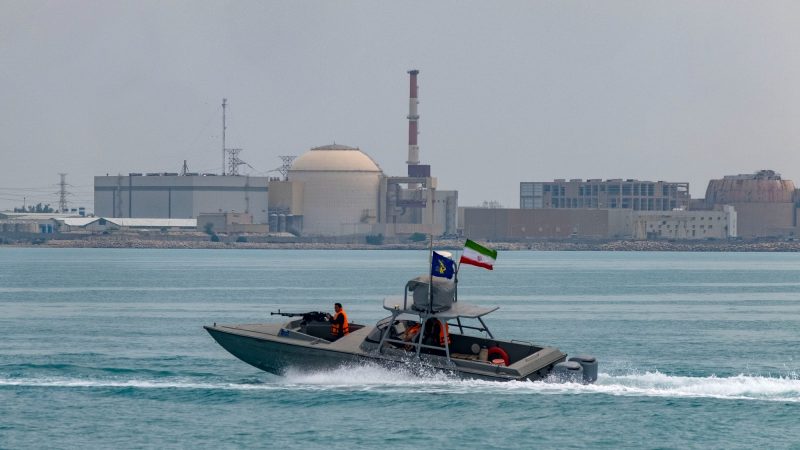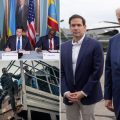
For decades, the Iranian nuclear program has been a source of intense international debate and concern. Claims of imminent nuclear weapon acquisition have been made repeatedly, most notably by former Israeli Prime Minister Benjamin Netanyahu. These claims, often presented with dramatic flair, have fueled anxieties and shaped international policy responses. However, understanding the true nature and extent of Iran’s nuclear ambitions requires a nuanced look beyond the headlines.
The International Atomic Energy Agency (IAEA), the UN’s nuclear watchdog, plays a crucial role in monitoring Iran’s nuclear activities. Their inspections and reports provide the most reliable, albeit often incomplete, picture of the program’s progress. While the IAEA has confirmed Iran’s enrichment of uranium, a key step in the nuclear fuel cycle, the exact purpose and scale of this enrichment remains a point of contention. Some argue that the enrichment is solely for civilian purposes, such as power generation, while others maintain it’s a crucial step towards weapons development.
The 2015 Iran nuclear deal, officially known as the Joint Comprehensive Plan of Action (JCPOA), represented a significant attempt to curb Iran’s nuclear program in exchange for sanctions relief. Under the agreement, Iran agreed to significantly limit its enrichment capacity and allow for increased IAEA inspections. However, the JCPOA’s future remains uncertain following the US withdrawal under the Trump administration and subsequent Iranian actions.
The ongoing debate highlights the inherent complexities of international relations and nuclear non-proliferation. Multiple perspectives and interpretations exist, making it difficult to reach a definitive conclusion. Understanding the historical context, the roles of various international actors, and the technical details of nuclear technology is crucial to forming an informed opinion. Further complicating matters are the geopolitical implications, regional power dynamics, and the broader context of Middle Eastern tensions.
Ultimately, the Iranian nuclear program remains a fluid and evolving situation. Ongoing monitoring, diplomatic efforts, and a commitment to transparency are essential to manage the risks and prevent potential escalation. The international community must continue to engage in dialogue, leverage diplomatic tools, and pursue a path that prioritizes peace and security.










